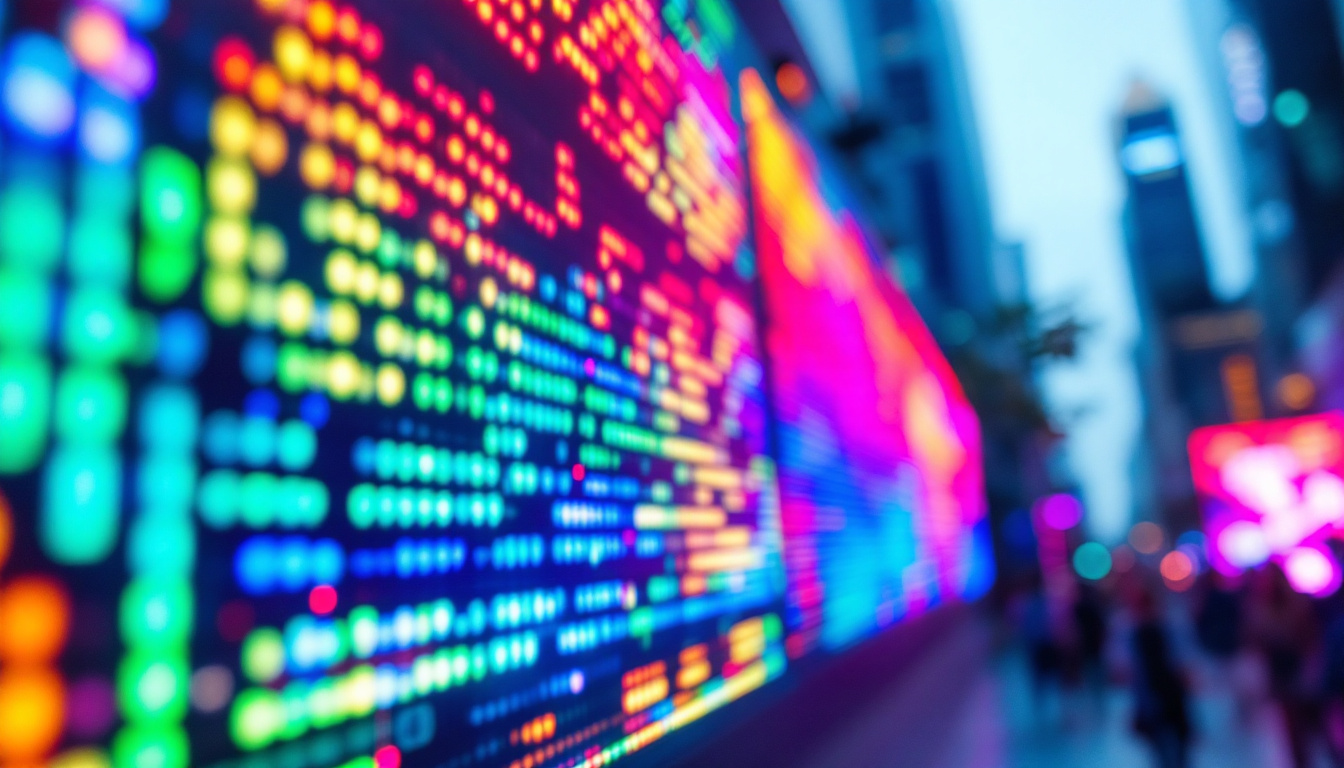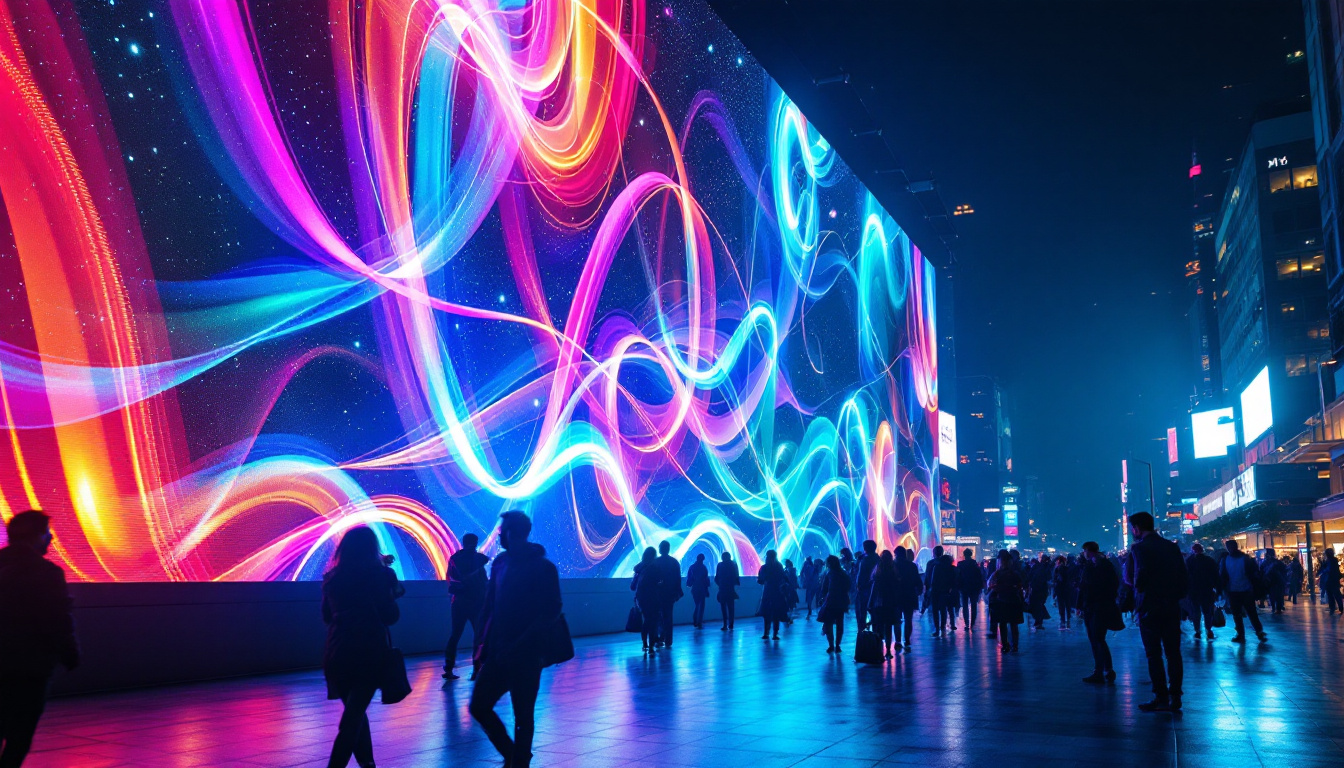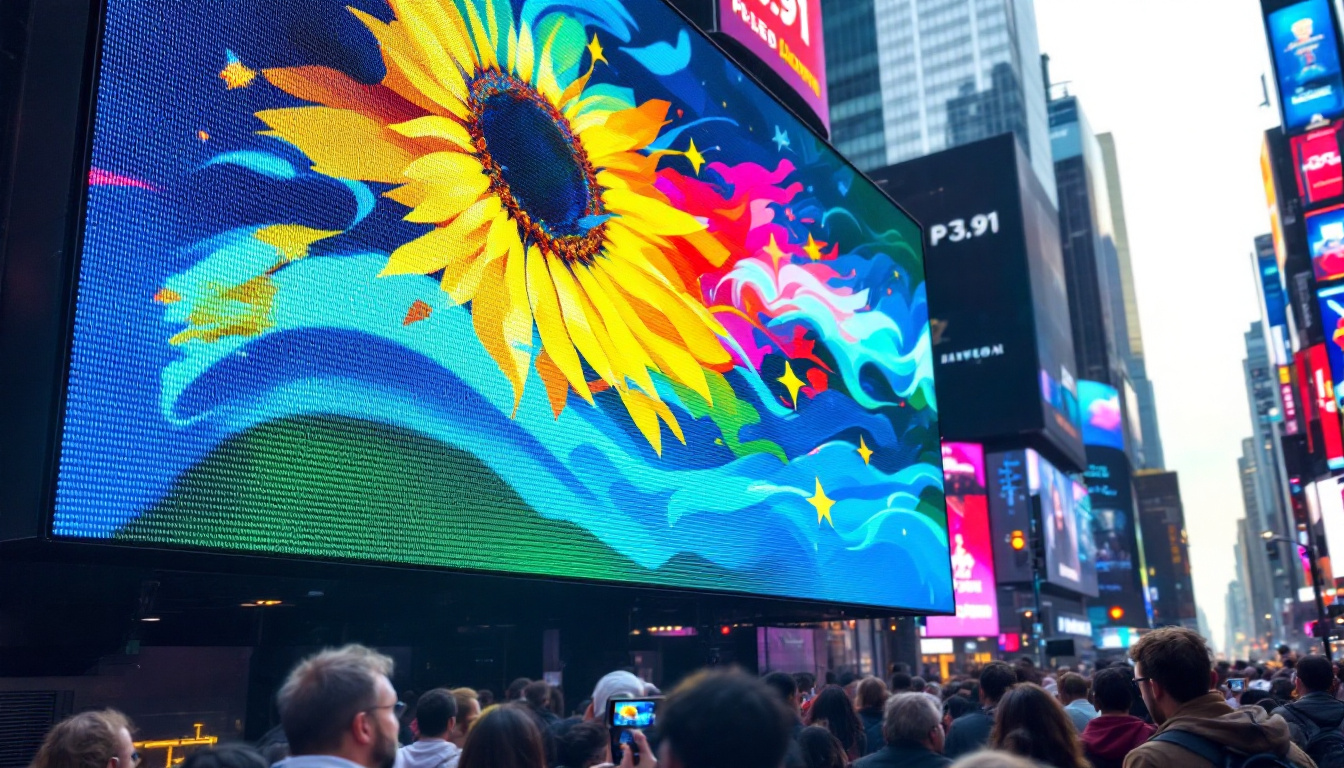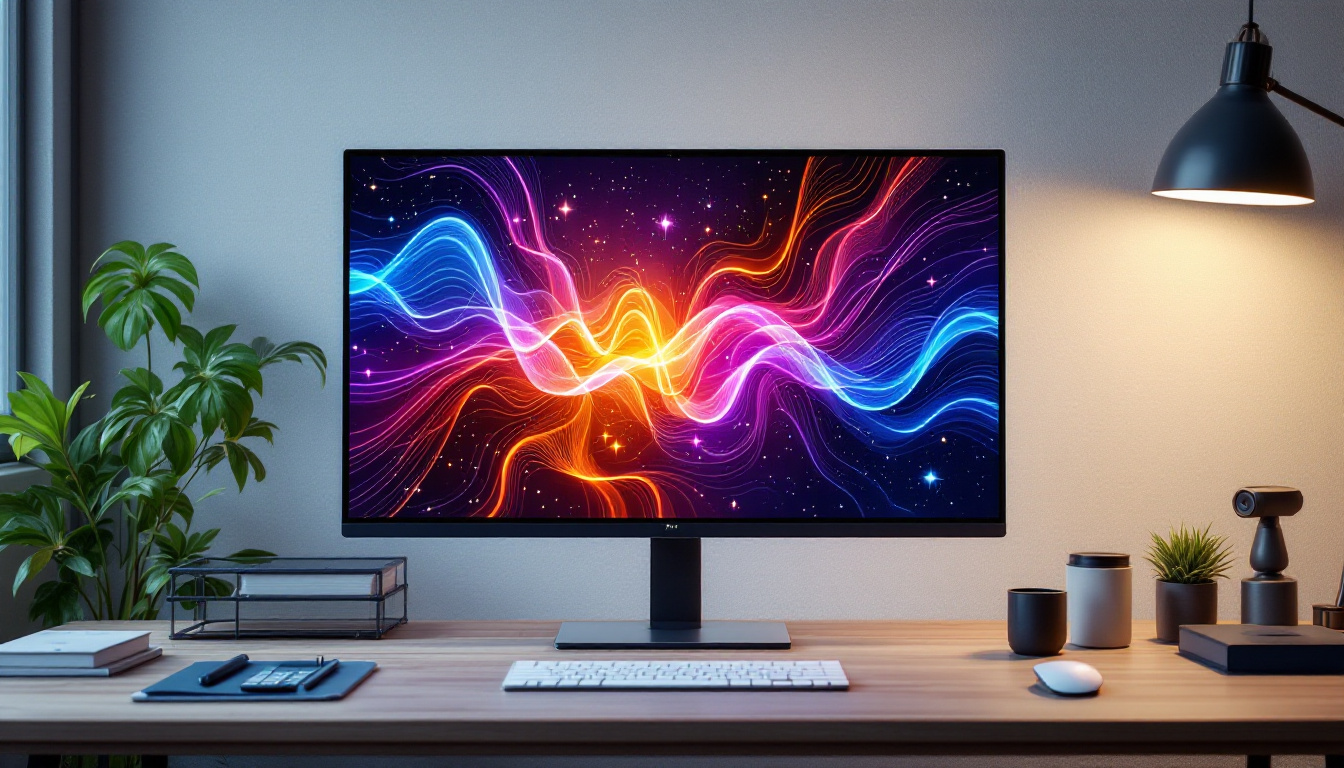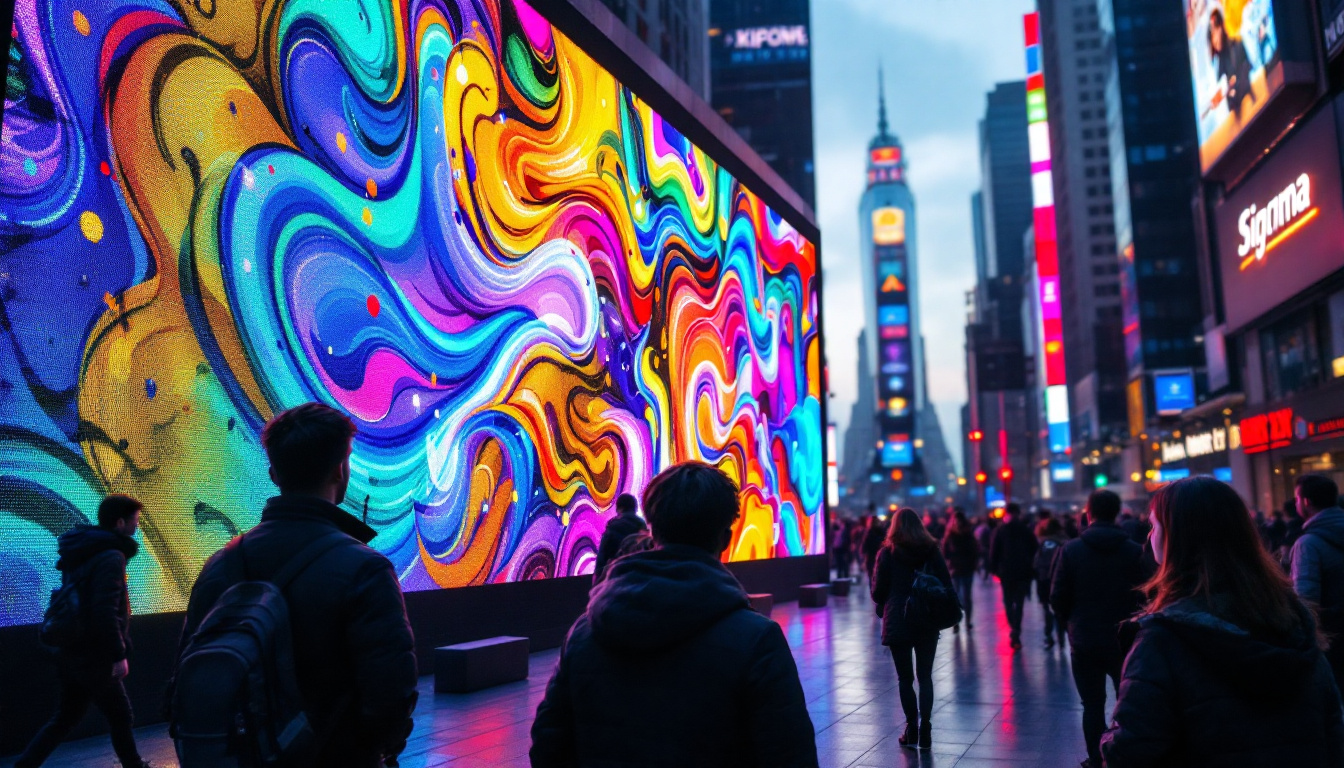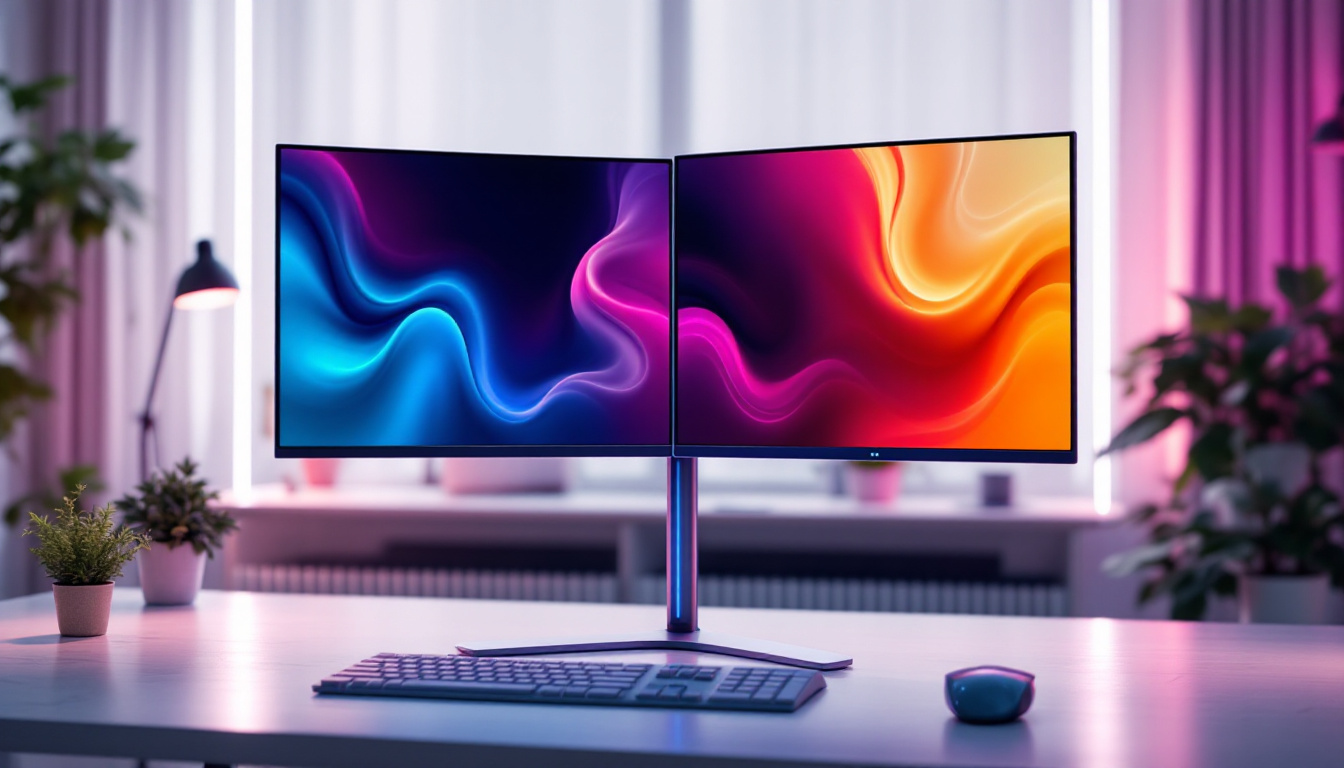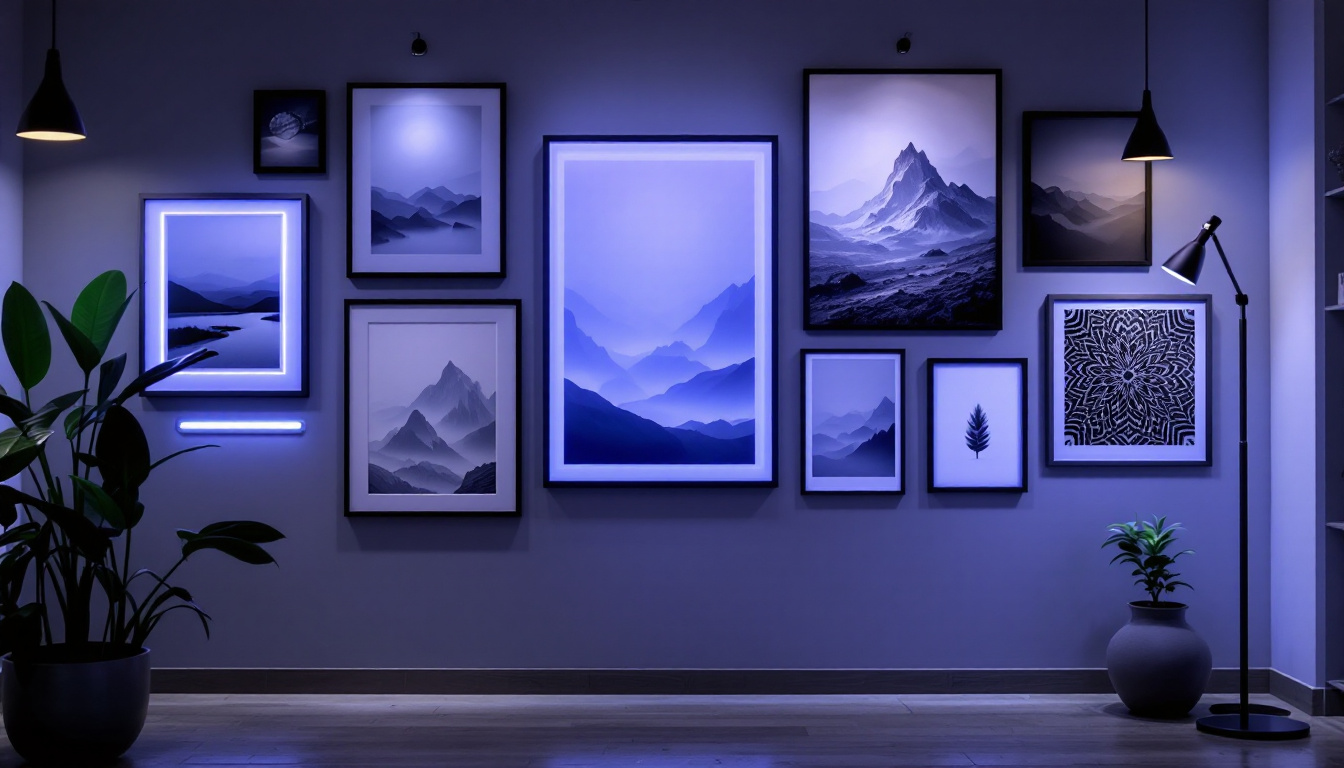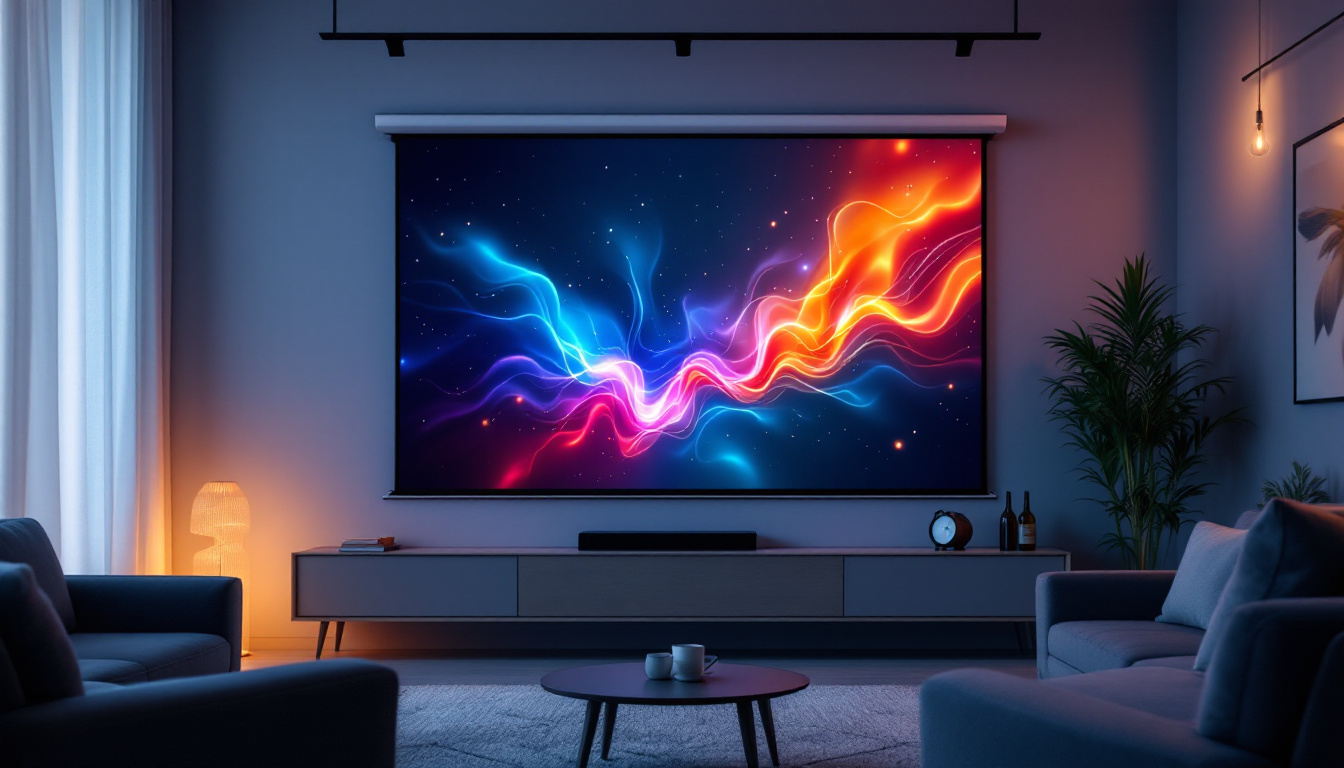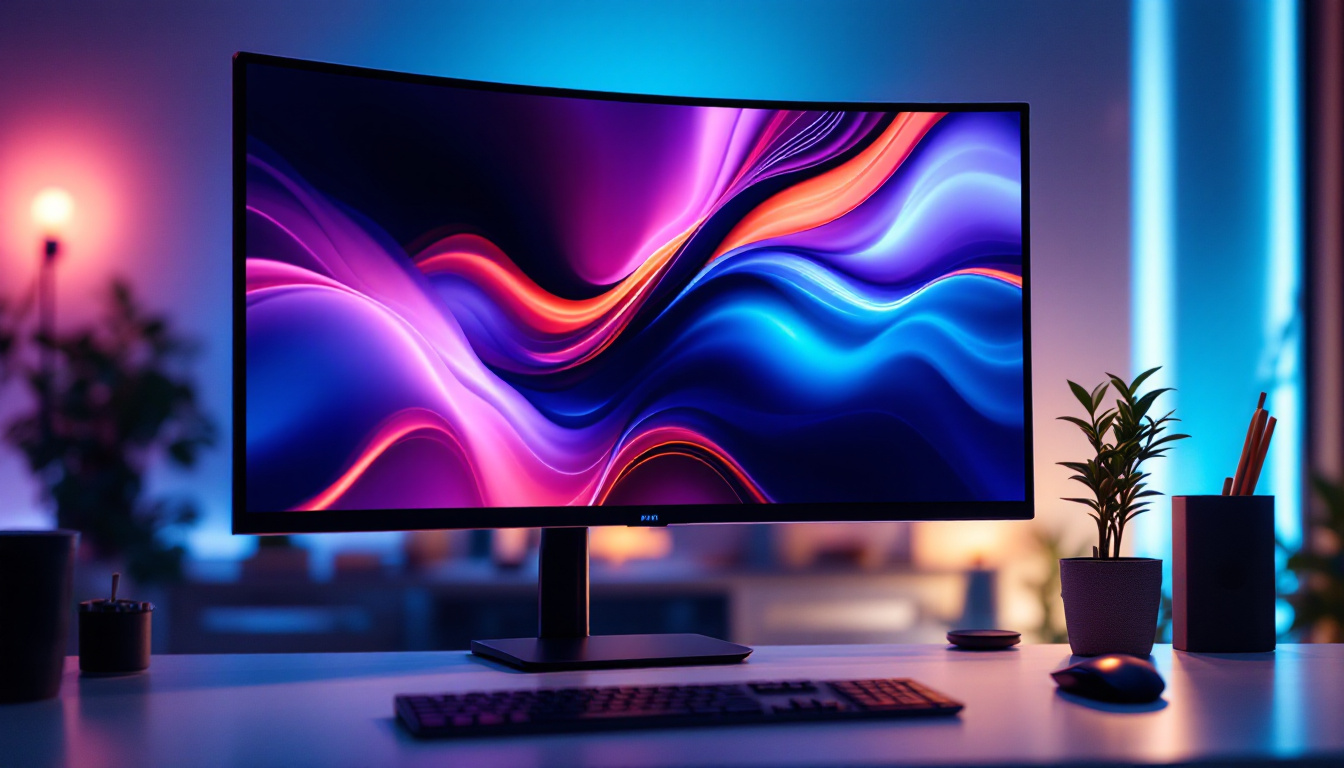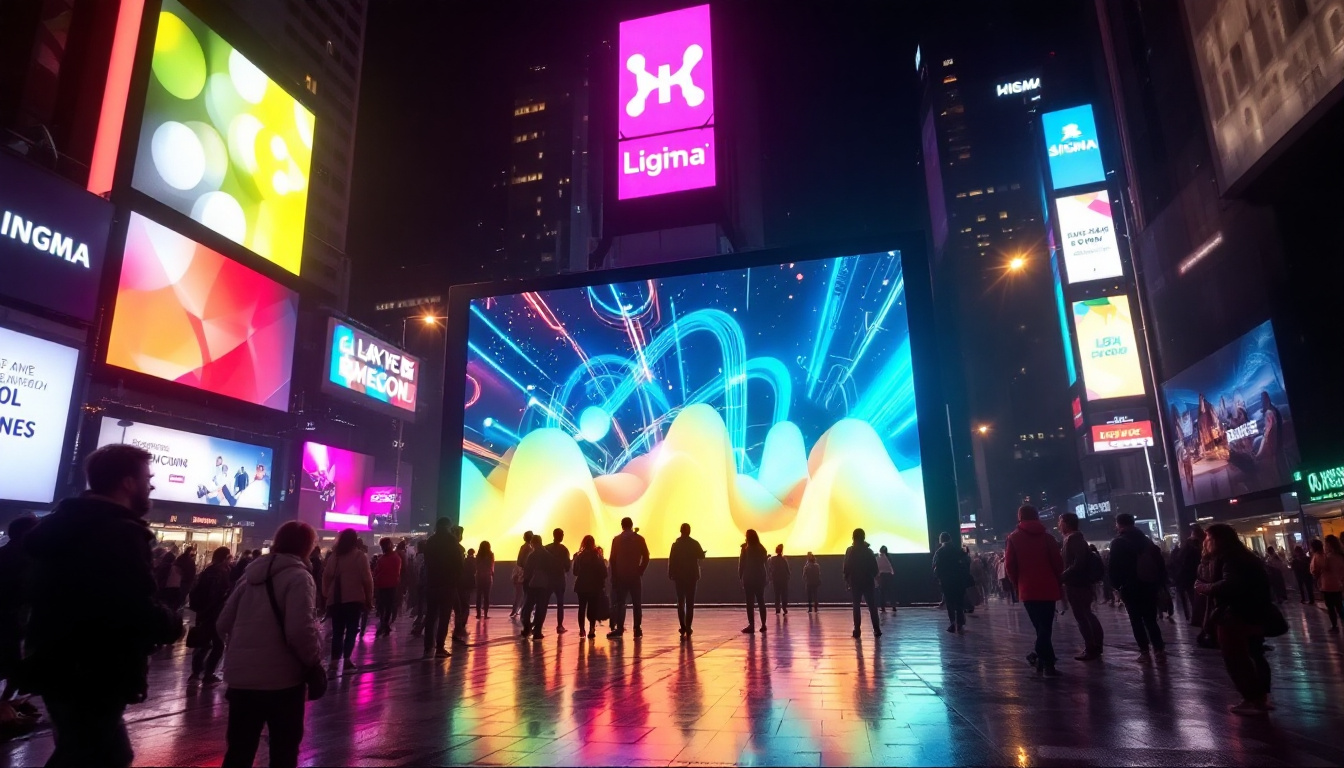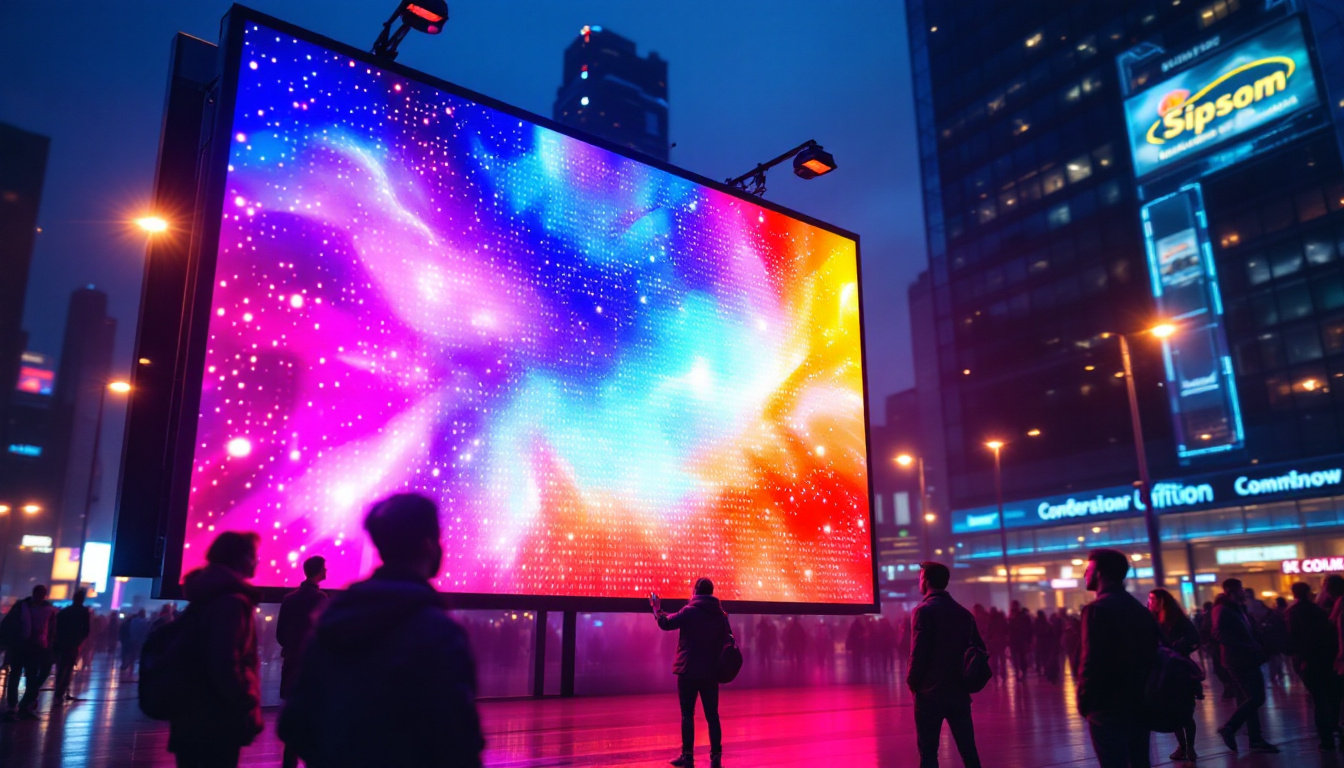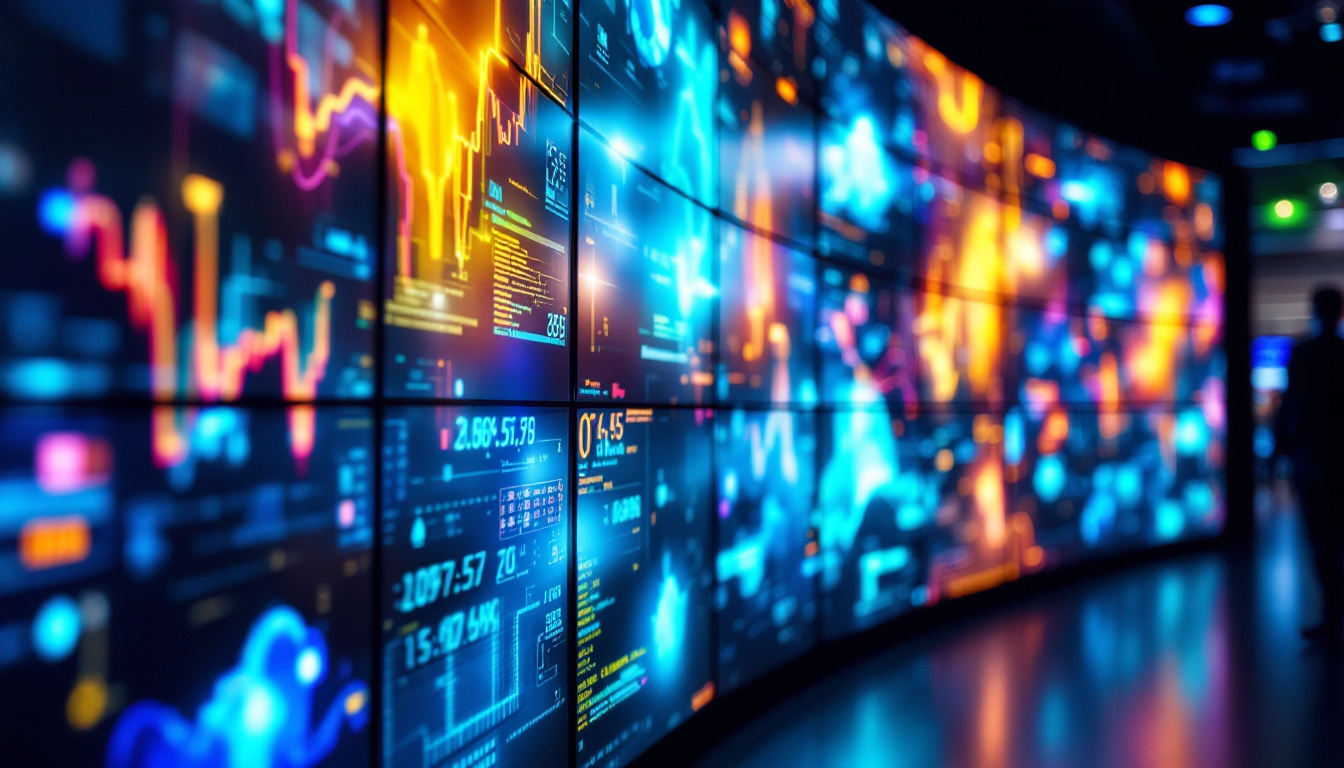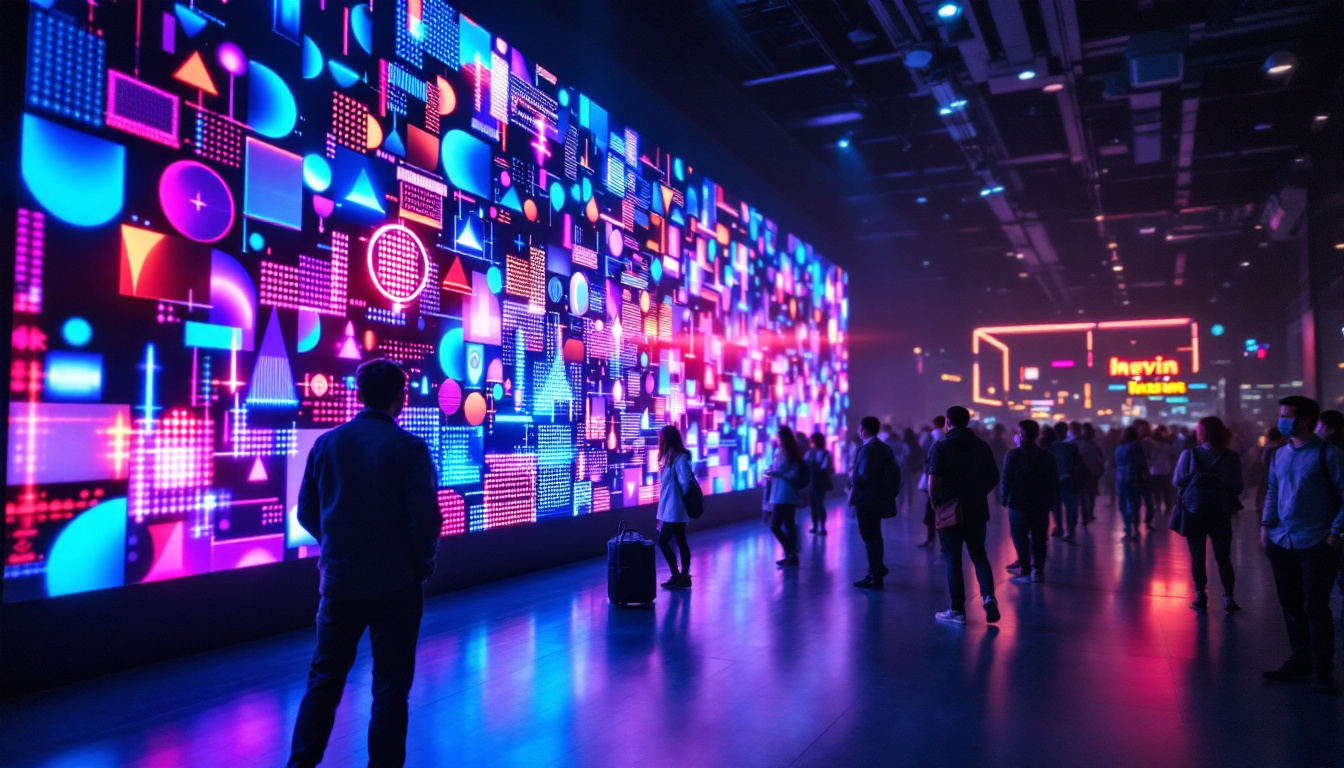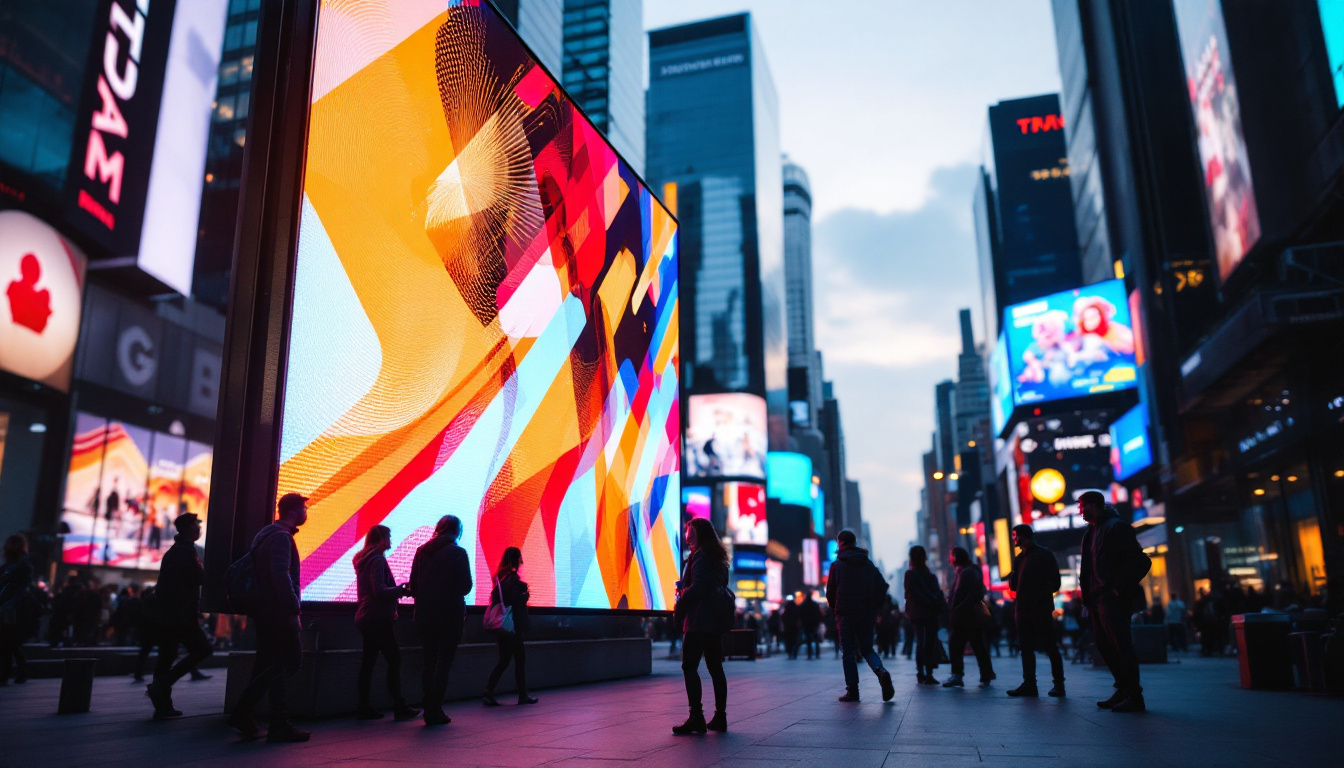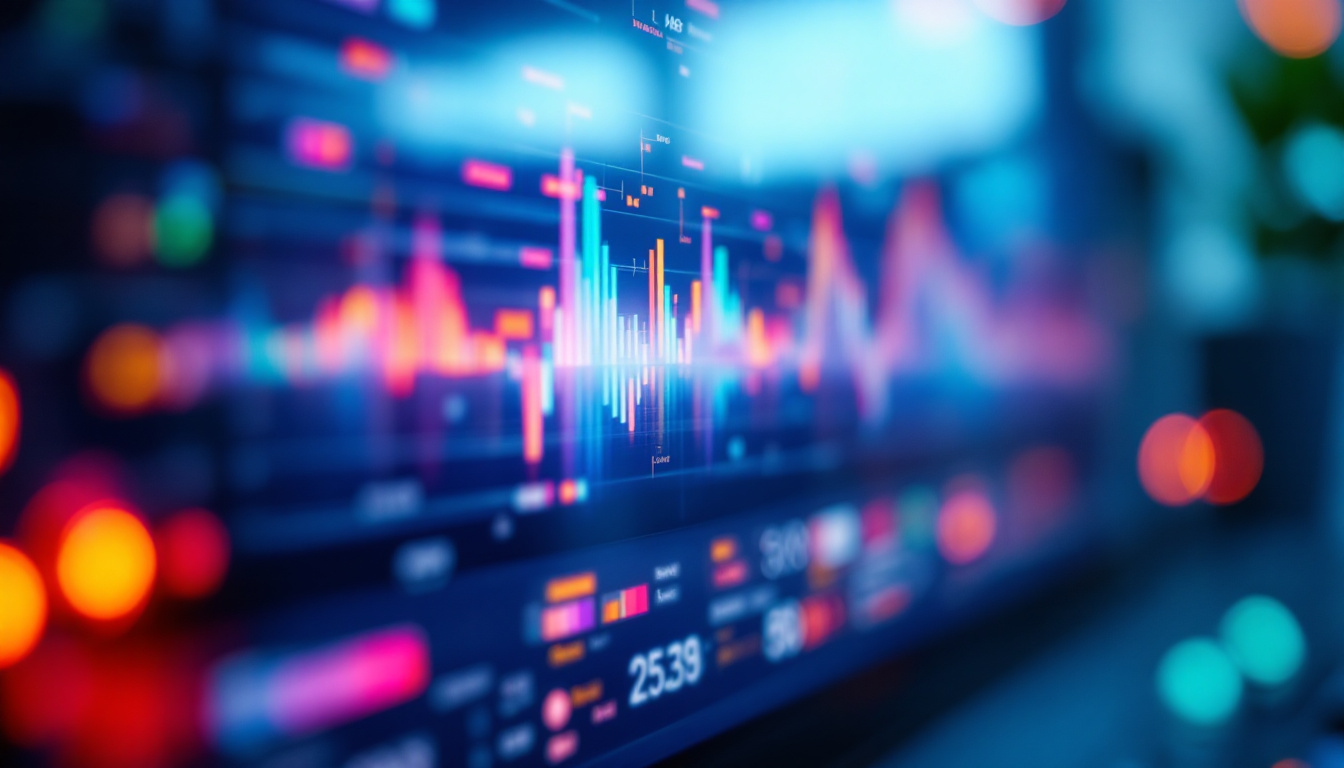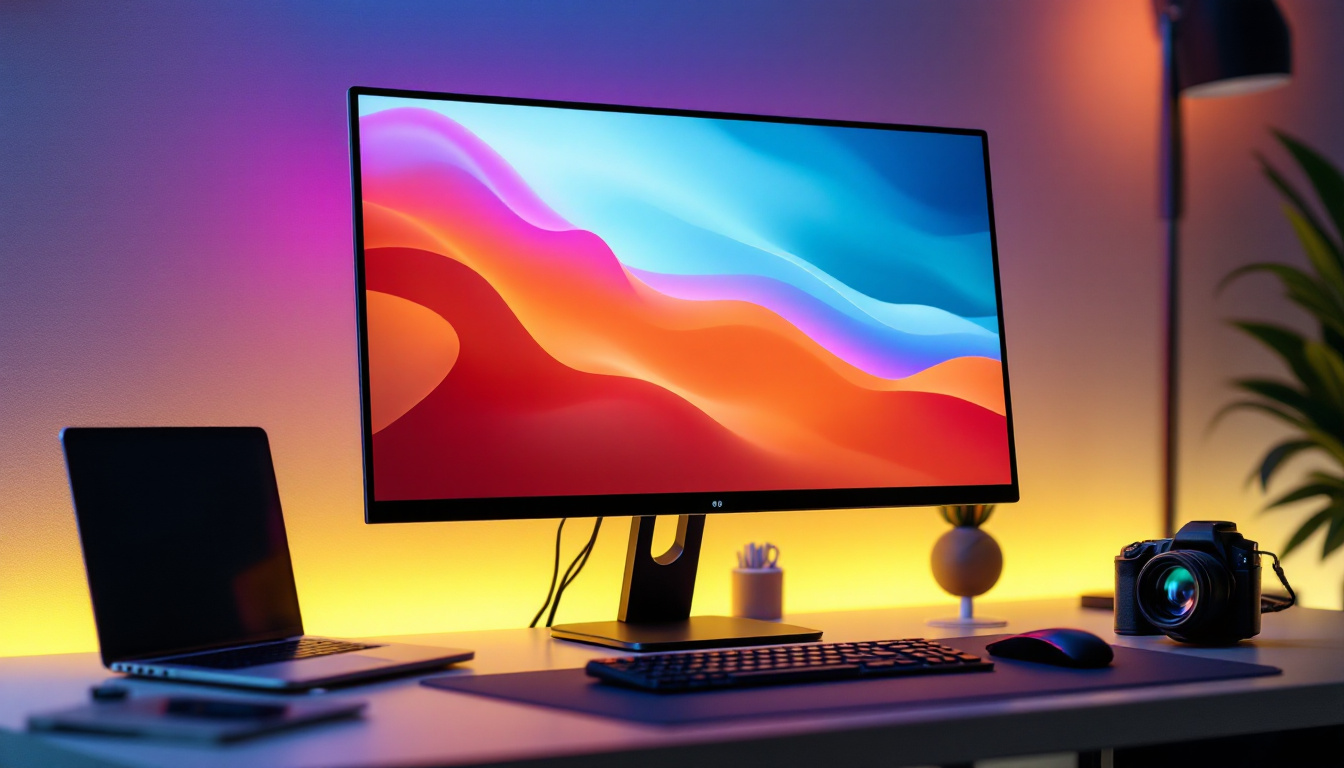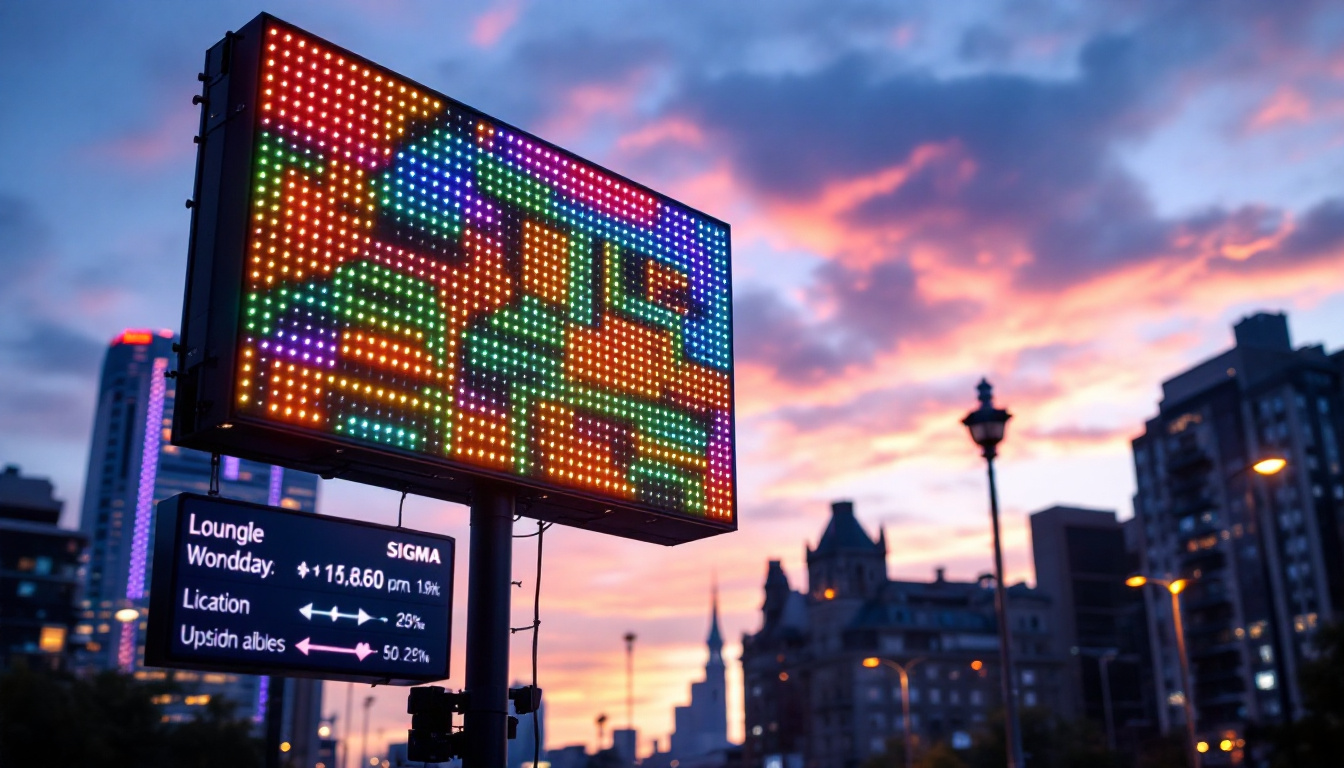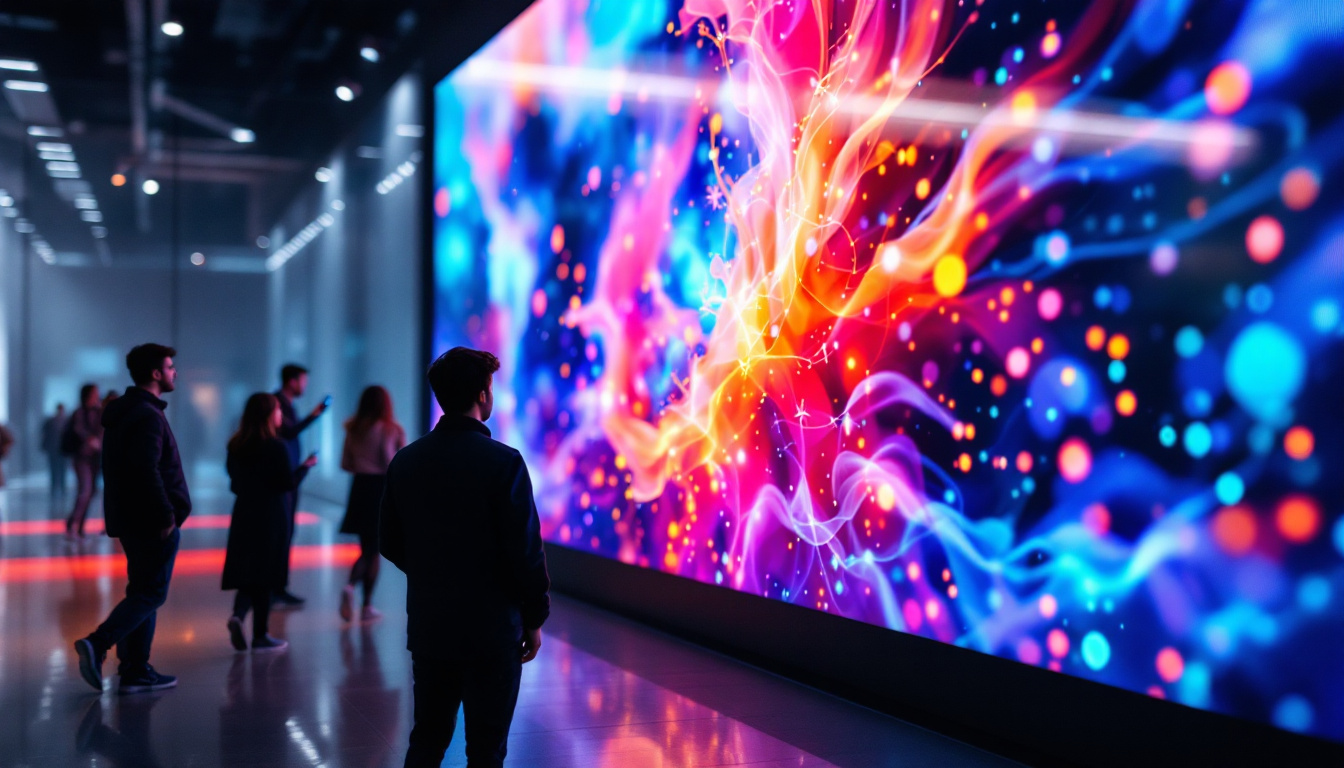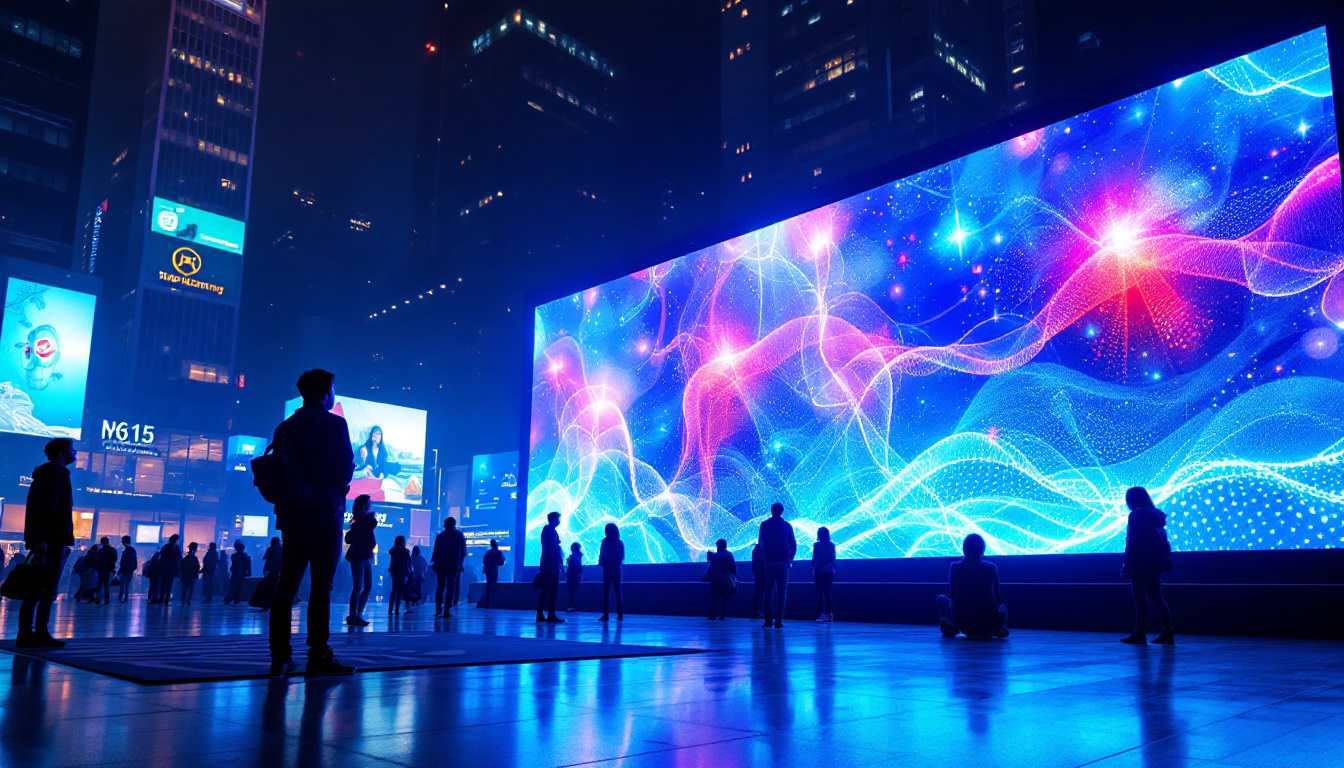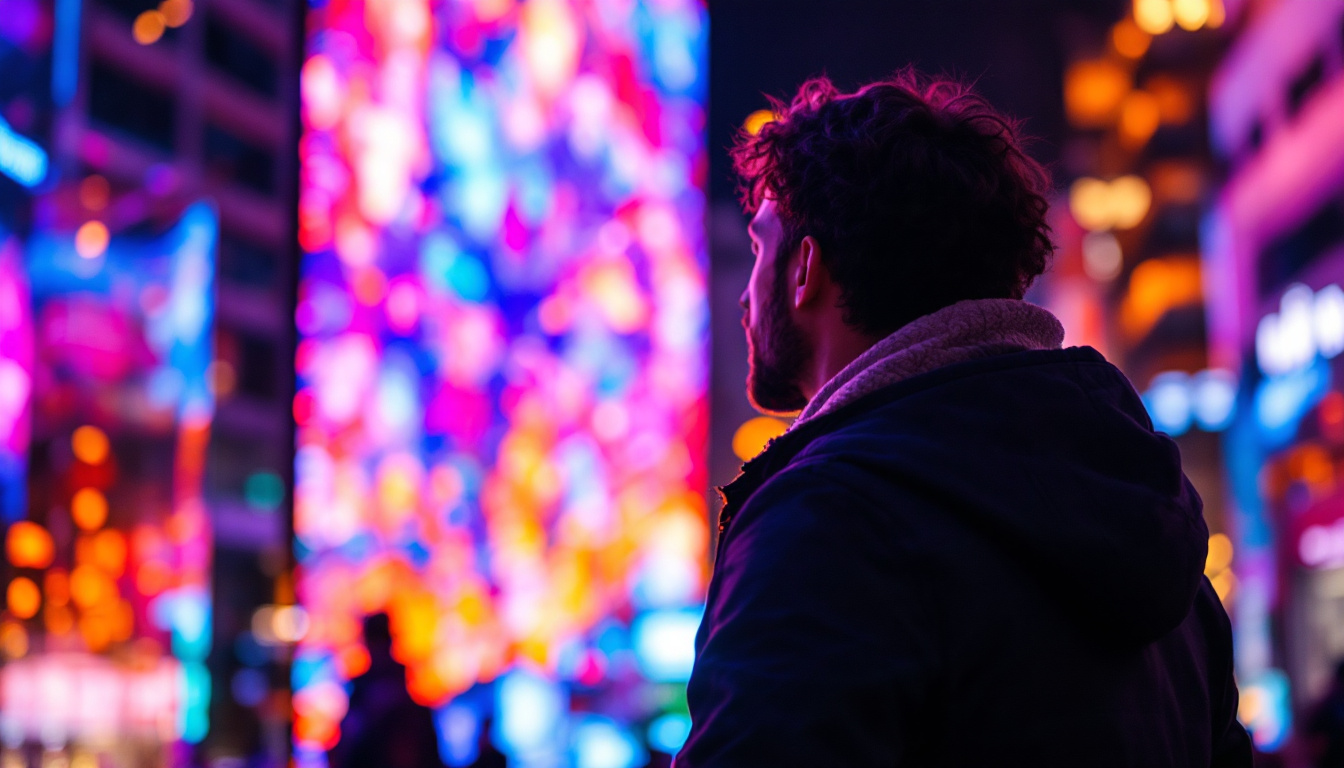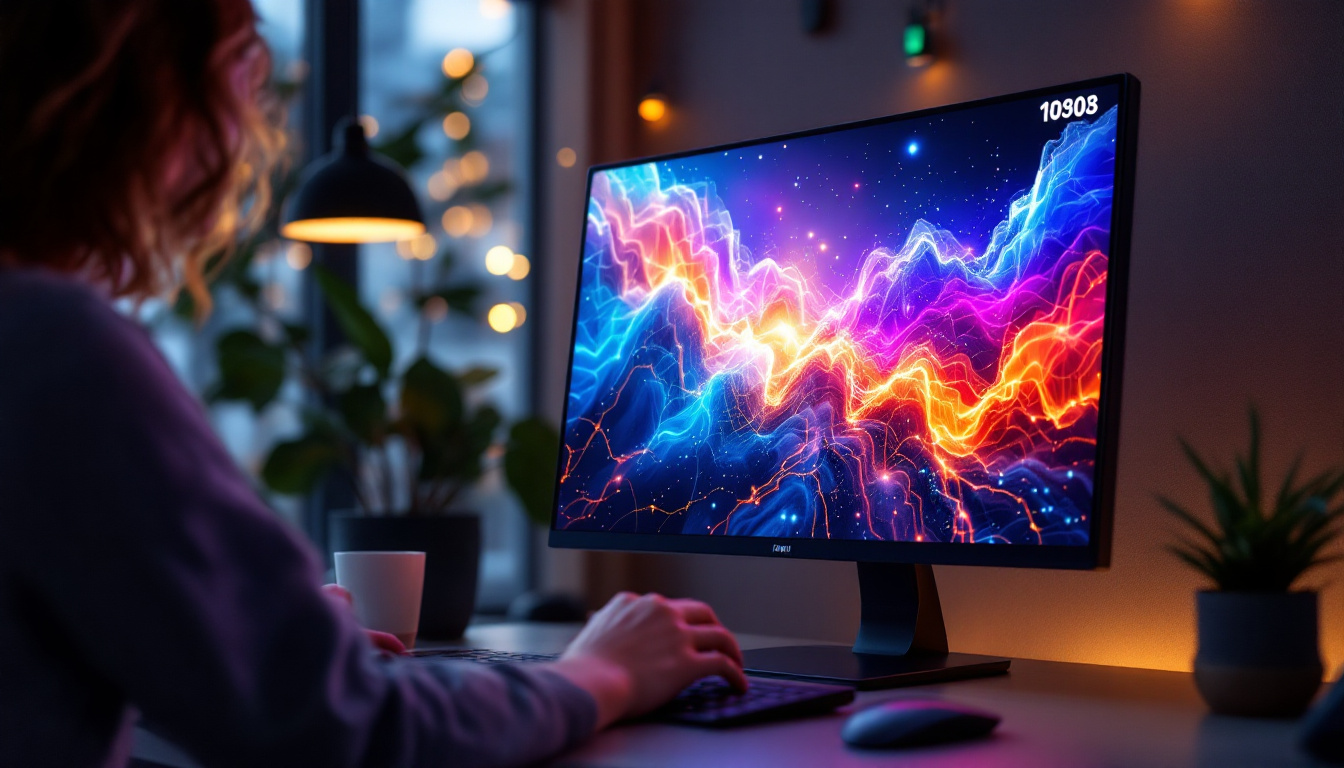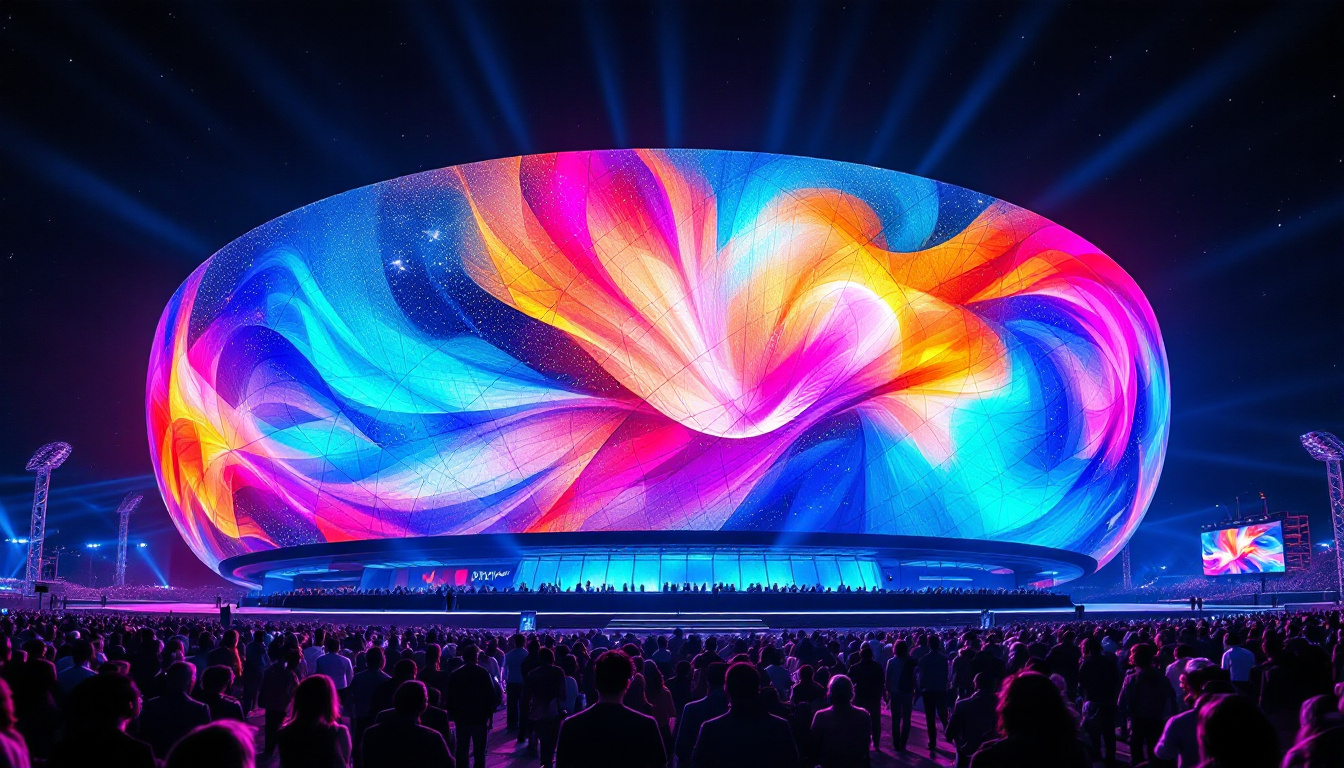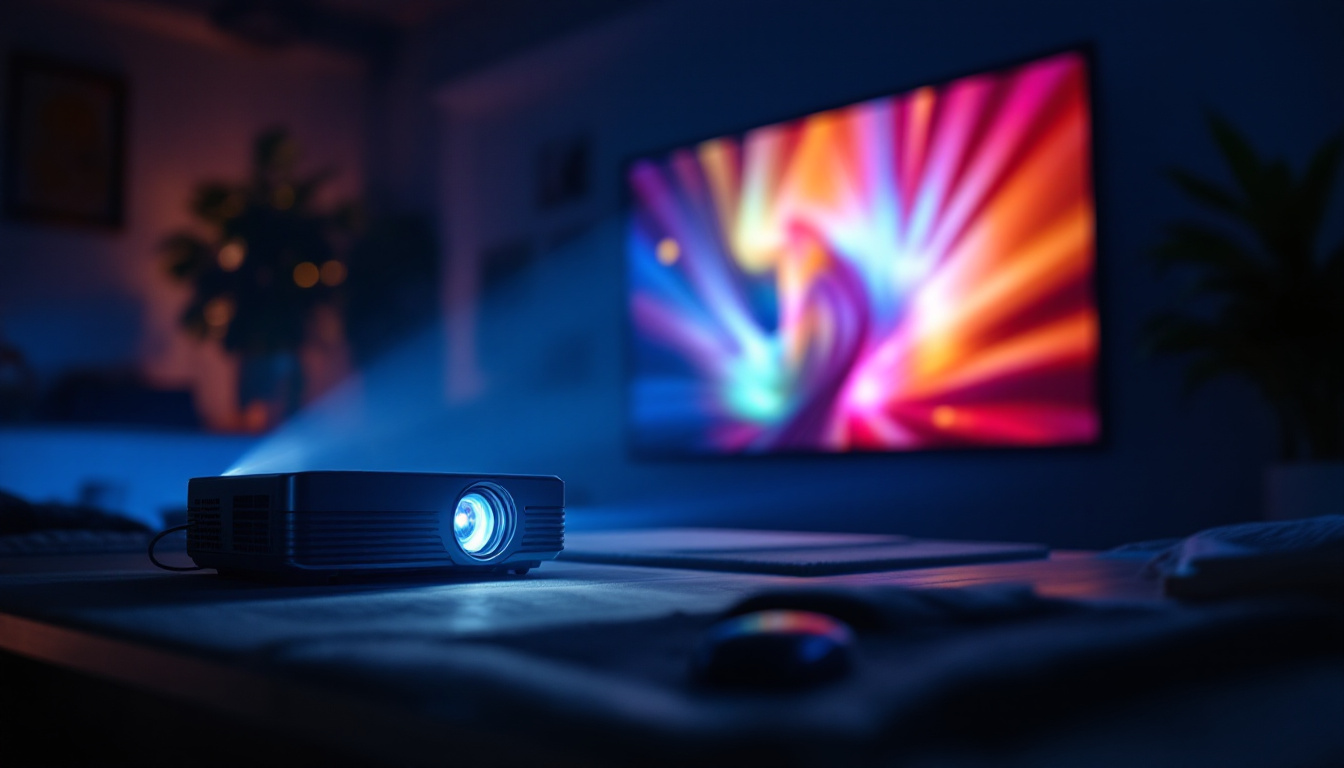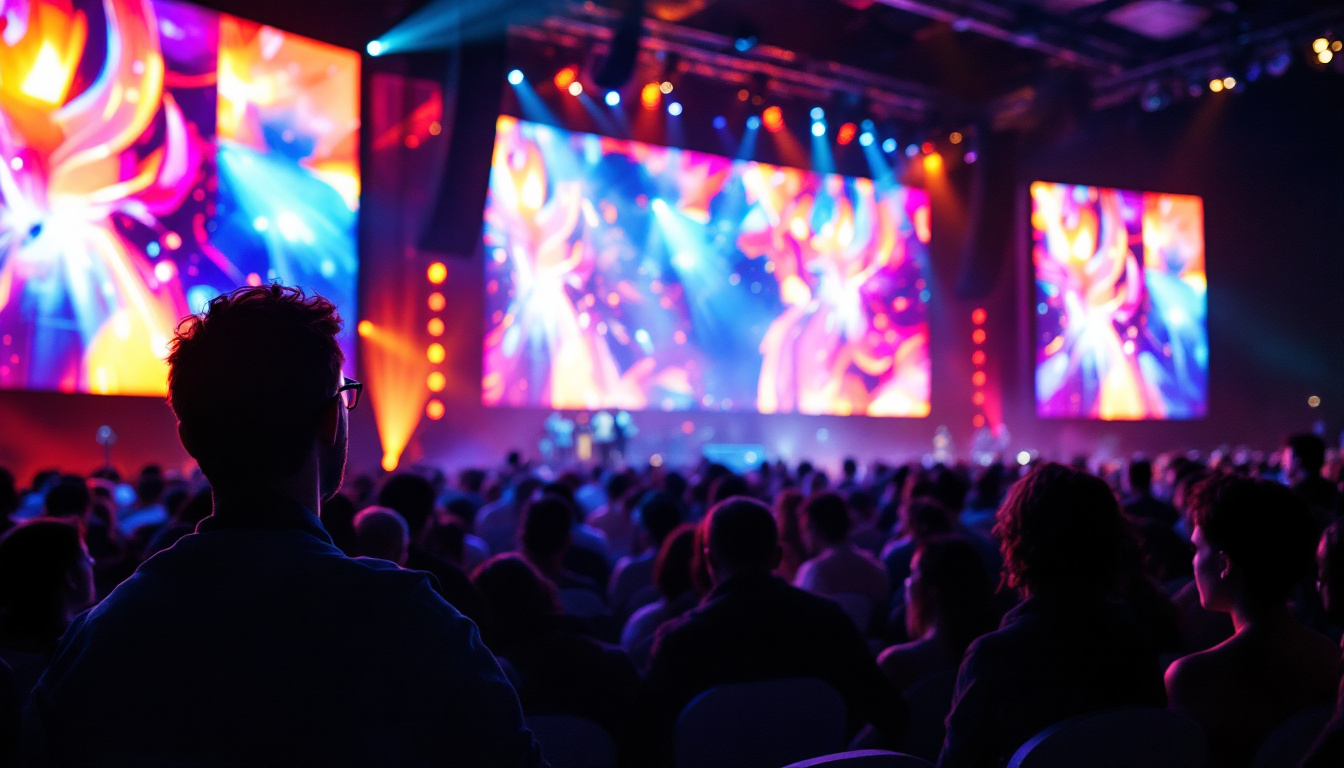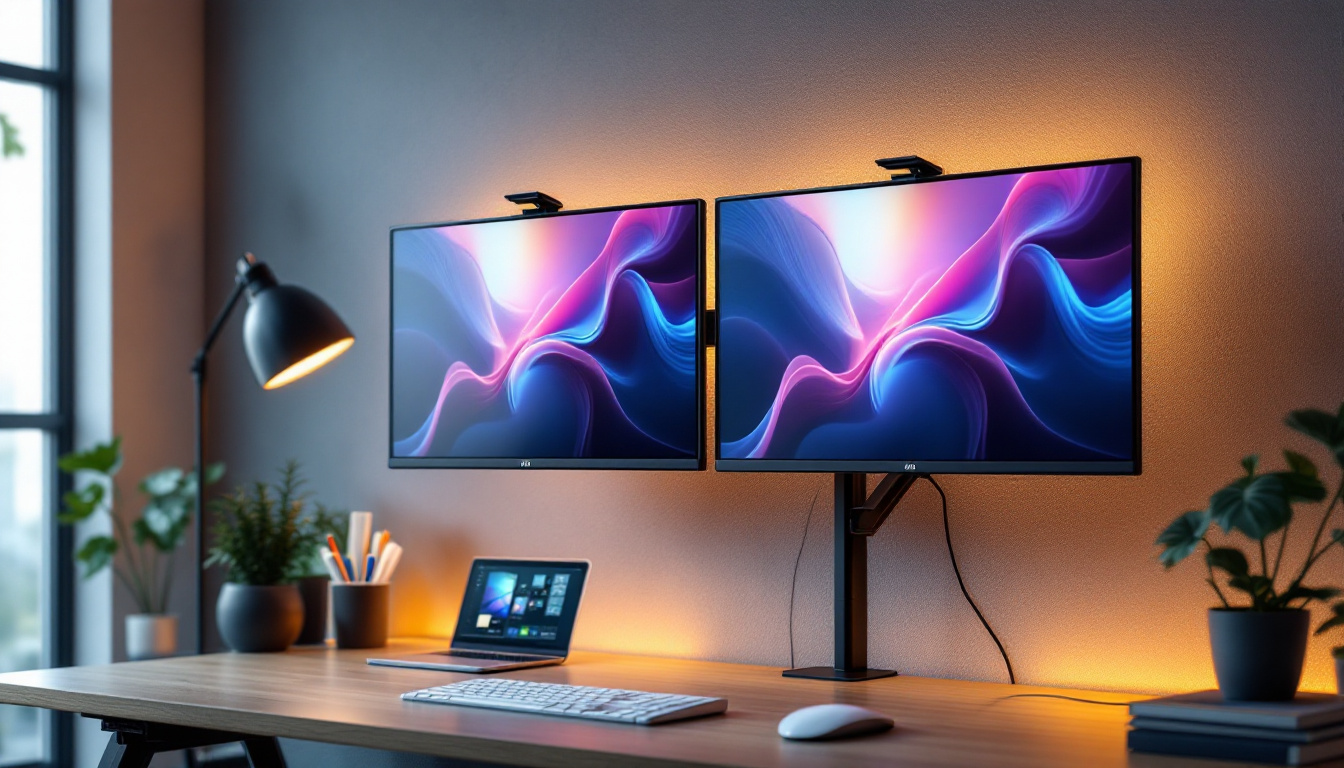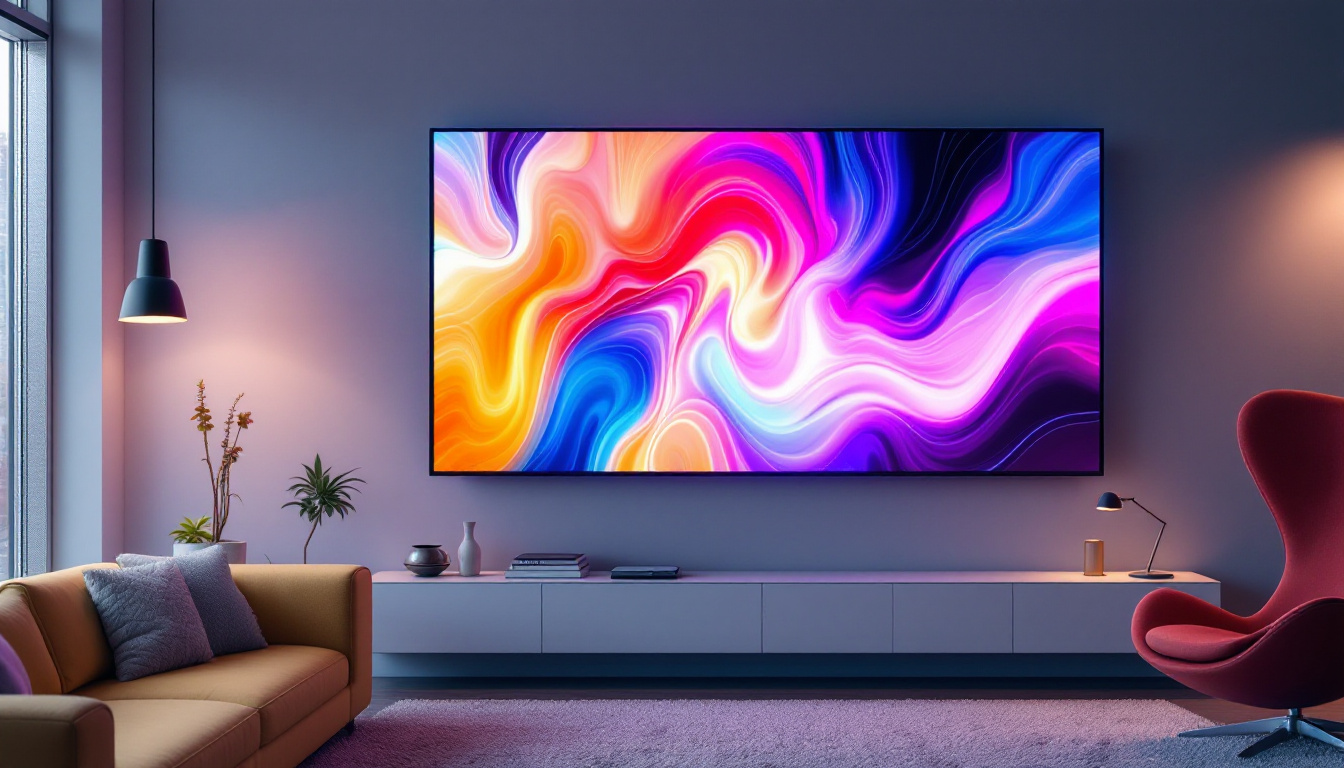In the realm of modern technology, LED displays have become ubiquitous, offering vibrant colors and high visibility in various applications. From advertising billboards to indoor screens in theaters and stadiums, LED technology has revolutionized the way visual information is presented. This article delves into the intricacies of LED sheets, exploring their components, benefits, applications, and future trends.
Understanding LED Technology
LED, or Light Emitting Diode, is a semiconductor device that emits light when an electric current passes through it. The technology has evolved significantly since its inception, leading to the creation of LED sheets that are used in various display applications. Understanding the fundamentals of LED technology is essential to appreciate its applications and benefits.
How LEDs Work
At the core of LED technology is the principle of electroluminescence. When a voltage is applied to the diode, electrons recombine with holes within the device, releasing energy in the form of photons. This process creates light. The color of the light emitted depends on the materials used in the semiconductor, with different combinations producing different wavelengths.
LEDs are highly efficient compared to traditional light sources, such as incandescent bulbs. They consume less power, have a longer lifespan, and produce less heat, making them an ideal choice for various applications, including displays. Moreover, the ability to dim LEDs without affecting their color quality adds to their versatility, allowing for a range of brightness levels suitable for different environments, from outdoor billboards to indoor theaters.
Components of LED Displays
LED displays are composed of several key components that work together to create a cohesive visual experience. These include:
- LED Modules: These are the building blocks of LED displays, consisting of multiple LEDs arranged in a grid. Each module can be controlled individually, allowing for dynamic content display.
- Control Systems: These systems manage the data sent to the LED modules, ensuring that the correct images or videos are displayed. They can be programmed to change content based on various factors, such as time of day or audience engagement.
- Power Supply: A reliable power supply is essential for LED displays, providing the necessary voltage and current to the modules. Power supplies must be designed to handle the specific requirements of the display to ensure optimal performance.
In addition to these core components, LED displays often incorporate advanced features such as sensor technology, which can adjust brightness levels based on ambient light conditions. This not only enhances visibility but also contributes to energy savings. Furthermore, modern LED displays are increasingly integrated with smart technology, allowing for remote monitoring and control, which is particularly beneficial for large-scale installations in public spaces or commercial venues.
The versatility of LED technology extends beyond just displays; it is also used in architectural lighting, automotive lighting, and even in horticulture for plant growth. In architectural applications, for instance, LEDs can be used to create stunning light shows that enhance the aesthetics of buildings, while in horticulture, specific wavelengths of light are utilized to optimize plant growth and yield. This adaptability highlights the transformative impact of LED technology across various industries, making it a crucial element in contemporary design and functionality.
Benefits of LED Displays
The adoption of LED displays has surged due to their numerous advantages over traditional display technologies. Here are some of the key benefits that make LED sheets a preferred choice for many applications.
High Brightness and Visibility
One of the most significant advantages of LED displays is their brightness. LEDs can produce vivid colors and high contrast ratios, making them easily visible even in bright daylight. This characteristic is particularly beneficial for outdoor advertising and public displays, where visibility is crucial for attracting attention. Furthermore, the ability to adjust brightness levels dynamically allows for optimal viewing experiences in varying light conditions, ensuring that messages are always clear and engaging.
Energy Efficiency
LED technology is known for its energy efficiency. Compared to traditional lighting technologies, LEDs consume significantly less power, resulting in lower operational costs. This efficiency not only benefits businesses financially but also contributes to environmental sustainability, as reduced energy consumption leads to lower carbon emissions. Additionally, many LED displays come equipped with smart technology that allows for automated brightness adjustments based on ambient light, further enhancing energy savings and extending the lifespan of the display.
Durability and Longevity
LED displays are built to last. They are more durable than their LCD or plasma counterparts, making them suitable for both indoor and outdoor environments. With proper maintenance, LED displays can last up to 100,000 hours, significantly reducing the need for frequent replacements and repairs. Their robust construction also makes them resistant to shock, vibration, and extreme weather conditions, which is particularly advantageous for outdoor installations. This resilience not only ensures consistent performance over time but also enhances the return on investment for businesses that rely on these displays for advertising and information dissemination.
Versatility in Applications
Another compelling benefit of LED displays is their versatility. They can be used in a wide range of applications, from large-scale billboards and sports arenas to retail environments and corporate settings. The modular nature of LED technology allows for creative configurations and custom sizes, enabling businesses to tailor their displays to meet specific needs. For instance, curved LED screens can create immersive experiences in venues like theaters and museums, while smaller LED panels can be integrated into interactive kiosks for enhanced customer engagement.
Enhanced Color Range and Image Quality
LED displays also excel in delivering superior image quality. With the ability to produce a broader spectrum of colors and deeper blacks, these displays provide a more lifelike viewing experience. This is particularly important in settings where visual detail is paramount, such as in art galleries or during live events. The rapid response time of LEDs ensures smooth transitions and minimal motion blur, making them ideal for video content and dynamic presentations. As a result, audiences are more likely to be captivated and engaged, leading to improved communication and brand recognition.
Applications of LED Sheets
LED sheets are versatile and can be found in a wide range of applications across various industries. Their adaptability and effectiveness make them suitable for numerous settings.
Advertising and Marketing
One of the most prominent uses of LED displays is in advertising. Businesses utilize LED sheets to create eye-catching advertisements that capture the attention of potential customers. From large billboards on highways to smaller displays in retail stores, LED technology allows for dynamic content that can be easily updated to reflect current promotions or events.
Entertainment and Events
In the entertainment industry, LED displays play a crucial role in enhancing the audience experience. Concerts, festivals, and sporting events often feature large LED screens that display live feeds, graphics, and animations. This technology enables event organizers to engage audiences more effectively, creating a more immersive experience.
Transportation and Wayfinding
LED displays are increasingly used in transportation systems for wayfinding and information dissemination. Train stations, airports, and bus terminals utilize LED screens to provide real-time updates on schedules, delays, and other important information. This use of technology improves efficiency and enhances the travel experience for passengers.
Challenges and Considerations
While LED displays offer numerous benefits, there are also challenges and considerations that need to be addressed. Understanding these factors is essential for making informed decisions regarding the use of LED technology.
Initial Investment Costs
The initial investment in LED display technology can be substantial. Although prices have decreased over the years, high-quality LED sheets still require a significant upfront expenditure. Businesses must weigh the long-term benefits against the initial costs to determine if the investment is justified.
Maintenance and Upkeep
While LED displays are known for their durability, they still require regular maintenance to ensure optimal performance. This includes cleaning the screens, checking connections, and updating software. Businesses should factor in these ongoing maintenance costs when considering LED technology.
Environmental Impact
Although LED technology is more energy-efficient than traditional lighting, the production and disposal of LED displays can have environmental implications. The materials used in LEDs, such as rare earth elements, can be harmful if not managed properly. Companies must consider sustainable practices when sourcing and disposing of LED technology.
The Future of LED Displays
The future of LED displays looks promising, with ongoing advancements in technology and applications. As industries continue to explore innovative ways to utilize LED sheets, several trends are emerging.
Integration with Smart Technology
As smart technology becomes increasingly prevalent, the integration of LED displays with IoT (Internet of Things) systems is on the rise. This integration allows for real-time data sharing and remote management of displays, enabling businesses to optimize content based on audience behavior and preferences.
Flexible and Transparent Displays
Innovations in LED technology have led to the development of flexible and transparent displays. These advancements open up new possibilities for design and application, allowing for creative installations in architecture, retail, and advertising. Transparent LED sheets, for instance, can be used in storefronts without obstructing the view, while flexible displays can be shaped to fit unique spaces.
Enhanced Resolution and Color Accuracy
As technology progresses, the resolution and color accuracy of LED displays are continually improving. Higher pixel densities and advancements in color calibration techniques are enabling the creation of displays that deliver stunning visuals. This trend is particularly important for applications in broadcasting, art installations, and high-end advertising.
Conclusion
LED sheets have transformed the landscape of visual displays, offering unparalleled brightness, energy efficiency, and versatility. As technology continues to evolve, the applications and capabilities of LED displays will expand, further enhancing their role in advertising, entertainment, transportation, and beyond. Businesses and organizations looking to invest in display technology should consider the myriad benefits of LED sheets while also being mindful of the associated challenges. With careful planning and strategic implementation, LED displays can provide a powerful medium for communication and engagement in the digital age.
Discover LumenMatrix’s Innovative LED Display Solutions
Ready to elevate your visual display capabilities? Explore LumenMatrix’s comprehensive range of LED display solutions, designed to meet the diverse needs of modern businesses and venues. Whether you’re looking for an Indoor LED Wall Display to captivate your audience, an Outdoor LED Wall Display for high-impact advertising, or specialized options like Vehicle LED Displays and LED Sports Displays, LumenMatrix has the technology to bring your vision to life. Embrace the future of visual communication with our Custom LED Displays, All-in-One LED Displays, and groundbreaking LED Transparent Displays. Check out LumenMatrix LED Display Solutions today and transform how you connect with your audience.

